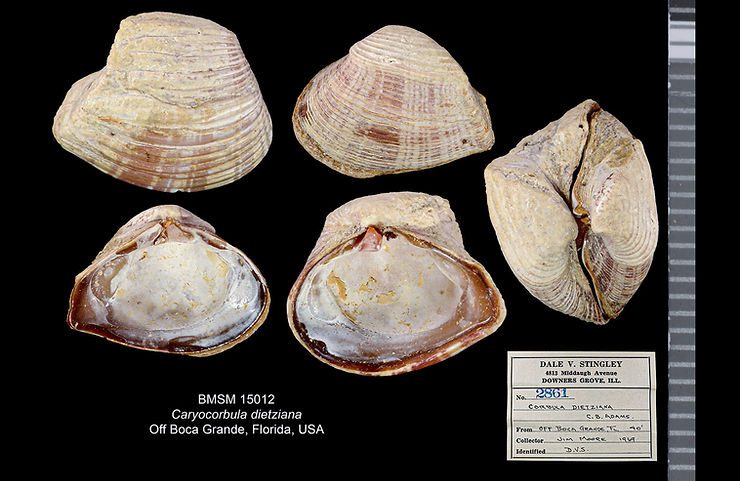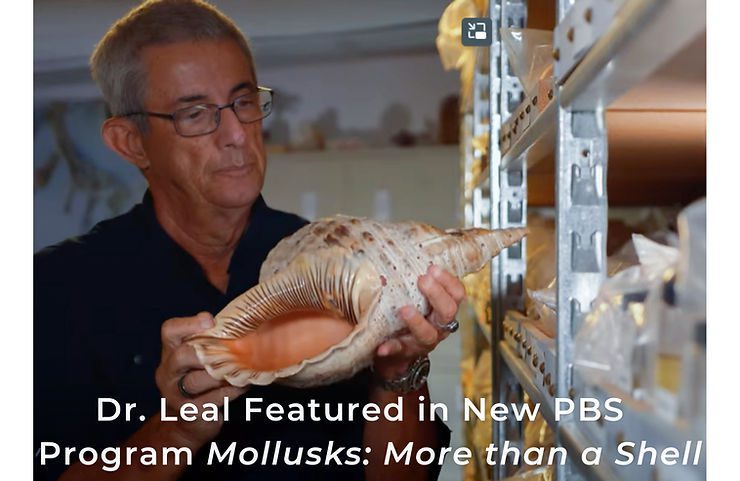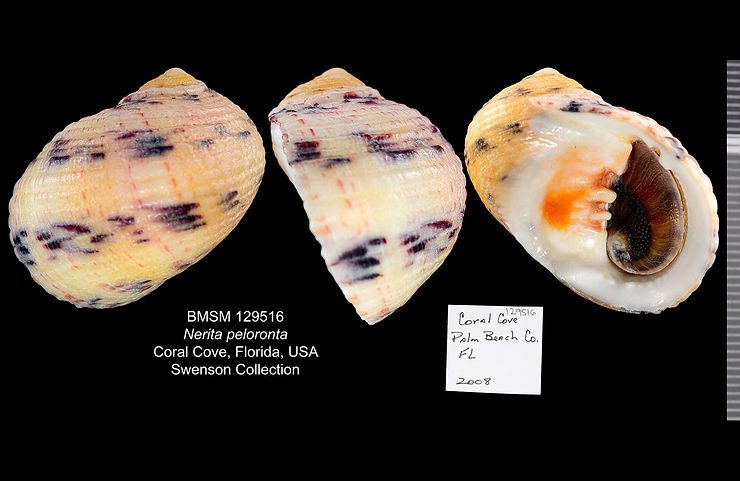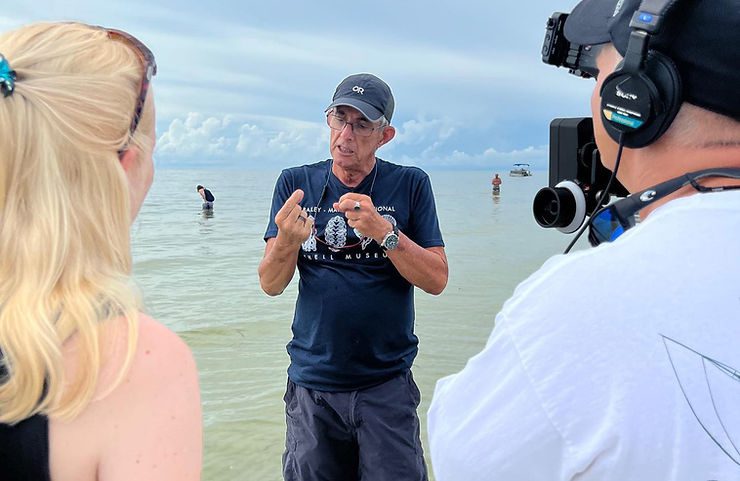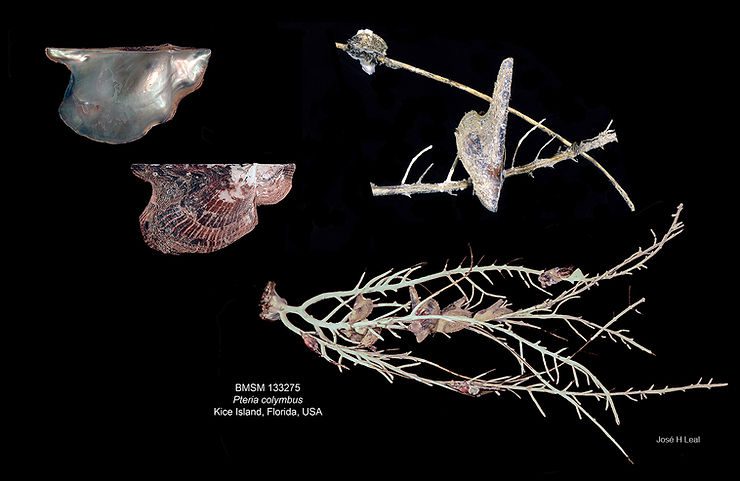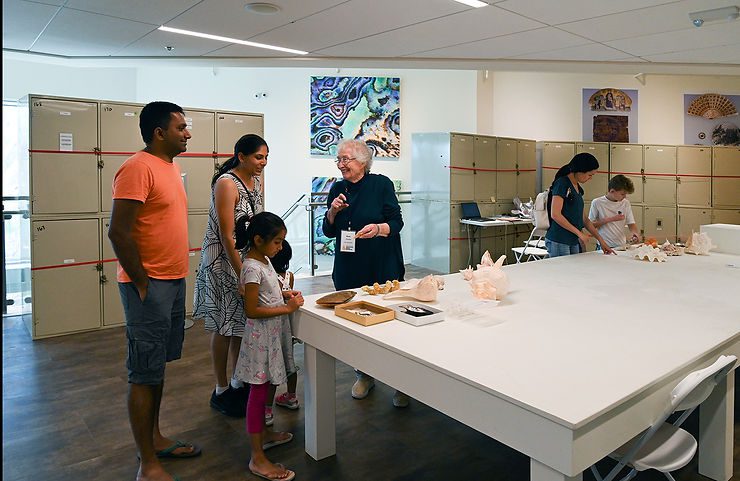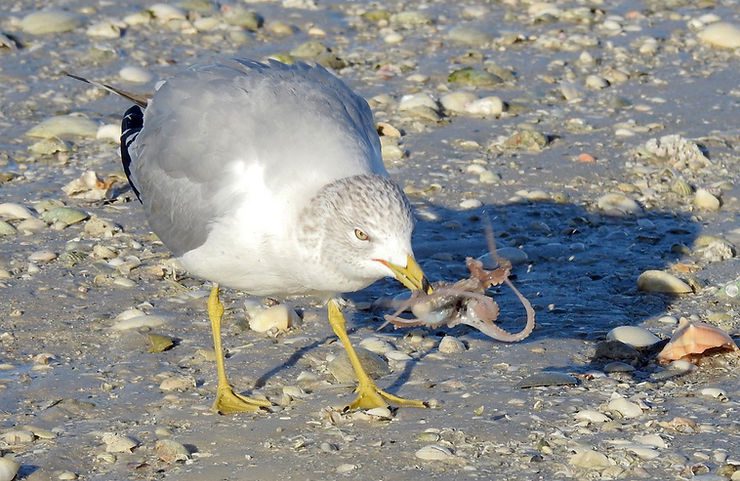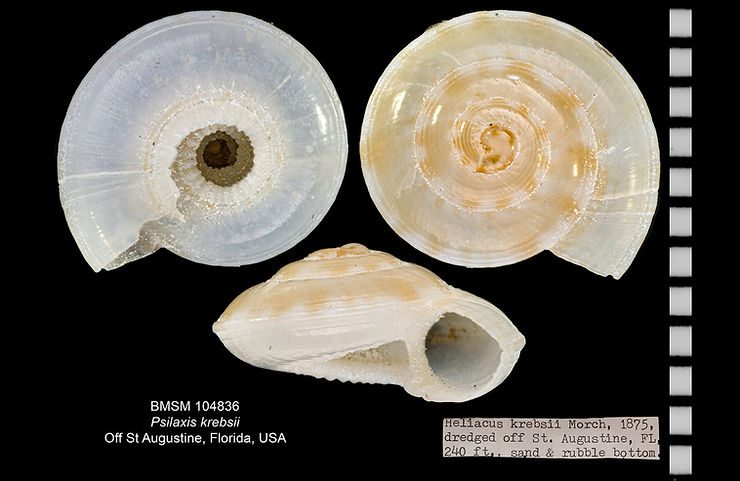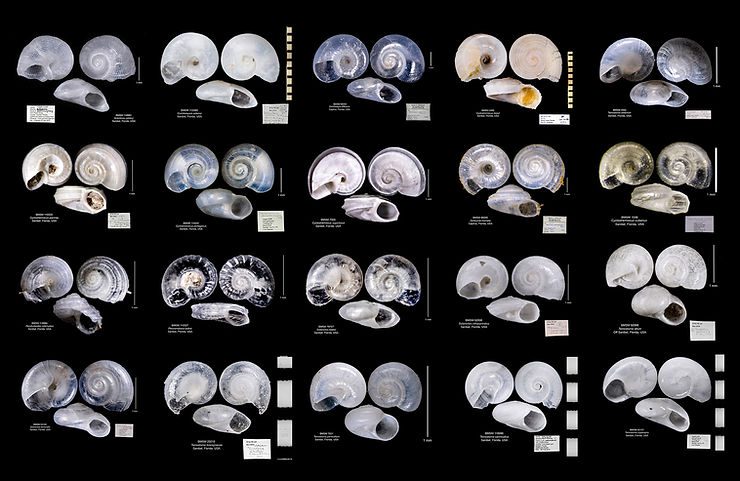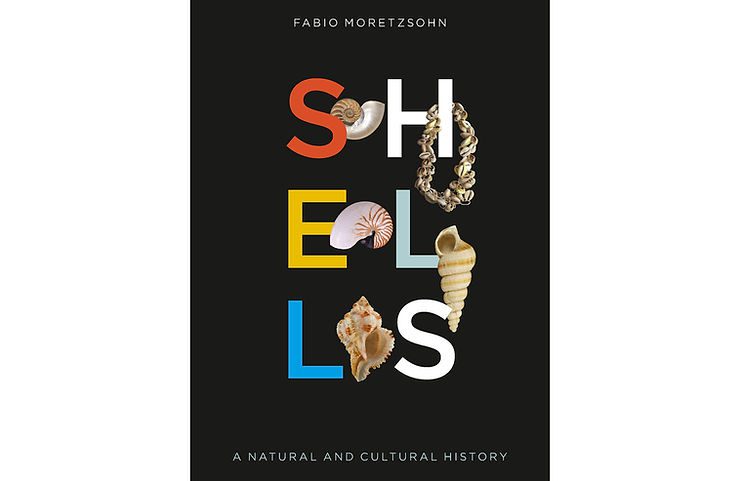
Shells, a New Book by Fabio Moretzsohn
Published posthumously, “Shells” delivers great and current information on shells and the animals that make them. The 176-page volume would have been released three years after the untimely passing of my friend and colleague Dr Fabio Moretzsohn in early 2020. Fabio was an Assistant Professor at Texas AM in Corpus Christi, Texas. There is a wealth of data in his book on intriguing aspects of the biology and ecology of mollusks, and thorough coverage of little-known information on cultural and spi
